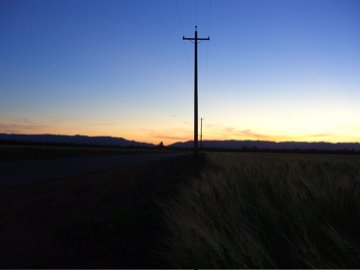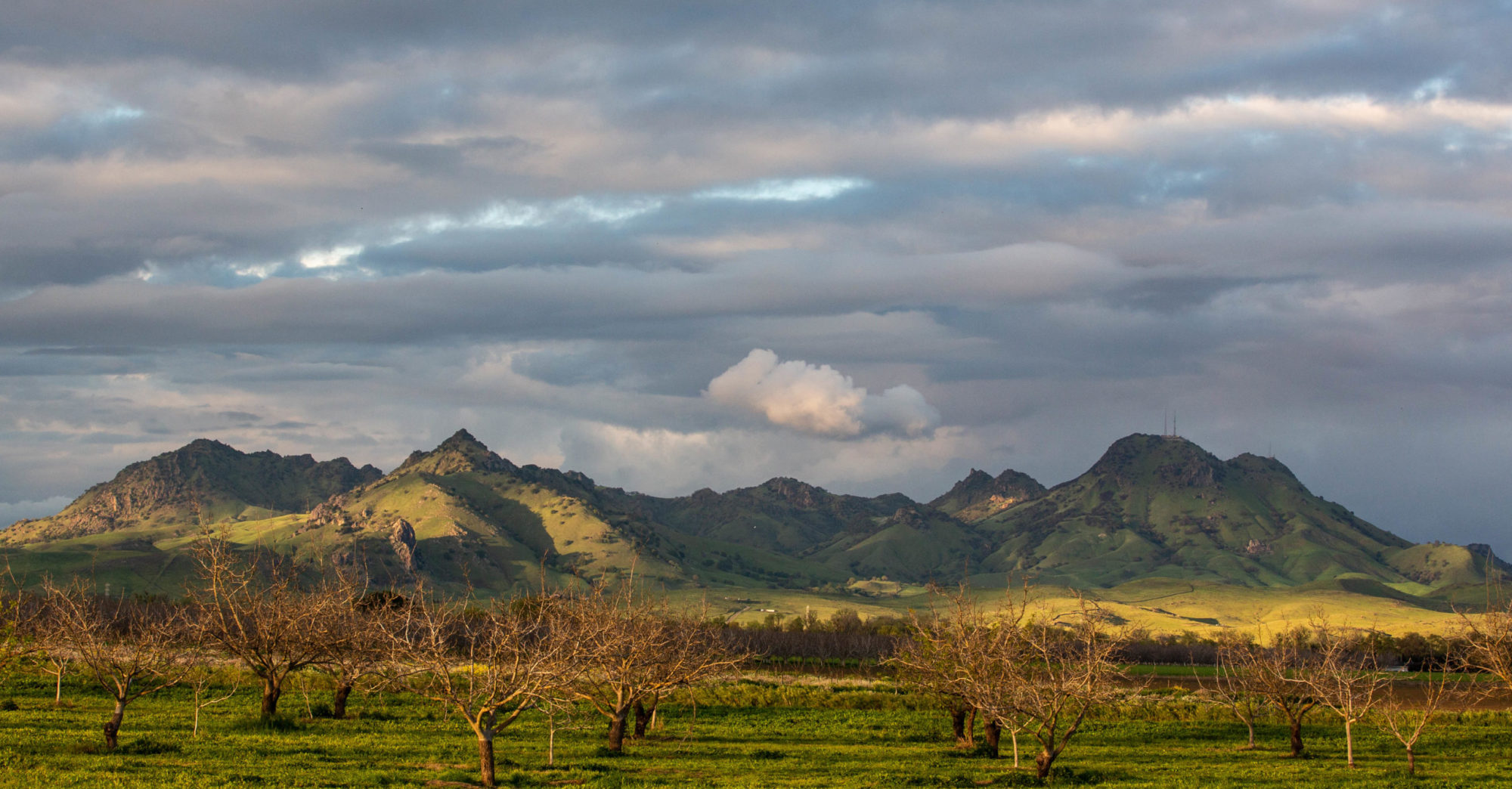
I spent most of last weekend looking after other bike riders instead of riding myself. On Saturday, I volunteered at the Cloverdale control (the fancy French-oriented name for a rest stop) on the Davis Bike Club’s 600-kilometer brevet. On Sunday, Kate and I worked at one of the stops for the Grizzly Peak Century, an annual hundred-miler put on by the Berkeley-based bike club to which I’ve belonged on and off (more off than on) for nearly 20 years.
The Cloverdale assignment consisted mostly of waiting for riders to come in. Three people from Davis, Larry and Dee Burdick and Betty Jane Polk, did all the hard work. They set up the stop, which was at mile 263 of the 375-mile ride, early in the morning. They had procured lots of cycling-specific powders and bars, plenty of generic salt-encrusted and sugar-filled junk food that riders crave, and had set up an outdoor stove upon which they were simmering out-of-the-can (but still tasty!) beef stew and hot water and coffee. I got there a little after 1 p.m. instead of noon, as promised, and imagined a flood of riders coming through. The event started from Davis at 8 p.m. Friday; the riders cycled through the night across the hills into the Napa Valley, across another hill to Sonoma County, then across the gently rolling to flat expanse of the Alexander Valley, past the towns of Healdsburg, Geyserville, and Cloverdale, then on a zigzag course across steep hills and deep valleys out toward the coast west of Boonville. (Why, pray tell, did this adventure start at night? It’s all about preparing riders for this August’s 1,200-kilometer Paris-Brest-Paris epic, which starts late in the evening and puts a premium on night-riding skills and equipment. For the uninitiated, PBP is the pinnacle of the decidedly fanatical but amateur sport known as randonneuring.)
Naturally, no riders had appeared by the time I arrived in Cloverdale. A warm day, challenging climbs on the outer part of the course, and the night start all probably combined to slow down the fastest riders a little. But about half an hour after I showed, the first guy came in: a rider from Seattle, Jim Trout, sporting an iPod and a wool jersey and who stayed just long enough to catch his breath before pushing on. He was a full hour ahead of the next rider, who also got in and out of the control quickly. Then more started appearing. A quintet, a couple of whom are familiar from Bay Area rides. Then a few more in ones and twos. All the while, I was hearing that a handful of randonneurs had abandoned the event out toward the end of the outbound leg and would need a lift back to Davis, 110 miles away. I was the designated lift-giver.
Soon, one of my passengers rode in. His name was Jim, and while he was still fit to continue, he had been disqualified because he was 22 minutes late getting to the control in Ukiah, roughly mile 140. He explained that he’d started the ride 10 minutes late — not a killer — but had really gotten behind by pedaling slowly as he waited for a friend who started a full hour late. Now his ride was over, and he showered, took a nap, then spent the rest of the afternoon thinking about where he might ride the 600 brevet he still needed to qualify for PBP.
Next, a guy named Foster was driven in to the control. He’d abandoned at the turnaround, mile 187. He’d simply run out of gas after riding hard at points early in the event then encountering the very tough climb from Ukiah to Boonville. Jim and Foster both had to wait for my other passengers, two strong riders who suffered show-stopping physical problems (a flareup of bone spurs for one, extreme knee pain for the other). By 4:30 or so, with more and more randonneurs coming through Cloverdale, I had all the people and bikes (four of each) I could take in the mini-van — one guy had to sit between the rear bucket seats — and we headed out for the two-and-a-half hour drive to Davis. We passed the faster riders on the way back — it didn’t look like anyone would make it within 24 hours, the time of the fastest finishers on the course in 2003 — and got back to the finish, in a park-and-ride lot on the east side of town, just before sunset.
I turned around and drove back to Cloverdale — the picture above is from Putah Creek Road, a farm byway west of Davis, in the lee of the Vaca Mountains (more pictures here). I didn’t need to make the trip, but I thought I might run into riders I knew, wanted to see how everyone looked as they began their second night on the road, and knew there was a chance I’d run into someone out there I might help.
One impression: Although there’s a lot of emphasis on ensuring randonneurs are well equipped for night riding — you have to have lights and reflective gear — and despite the use of some very sophisticated and effective lighting, we’re still out there on dark, dark roads, often without much in the way of shoulders, and we’re sharing them with much bigger, faster vehicles. It’s an exercise of trust, really: that you can do what’s needed to make yourself seen and stay out of harm’s way and that everyone else on the road will do the same. It works out most of the time.
Technorati Tags: cycling, randonneuring
Like this:
Like Loading...


